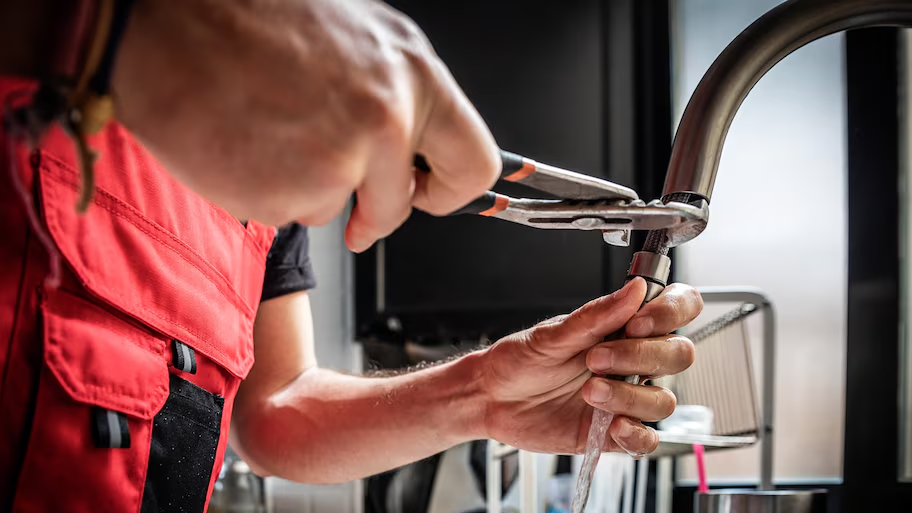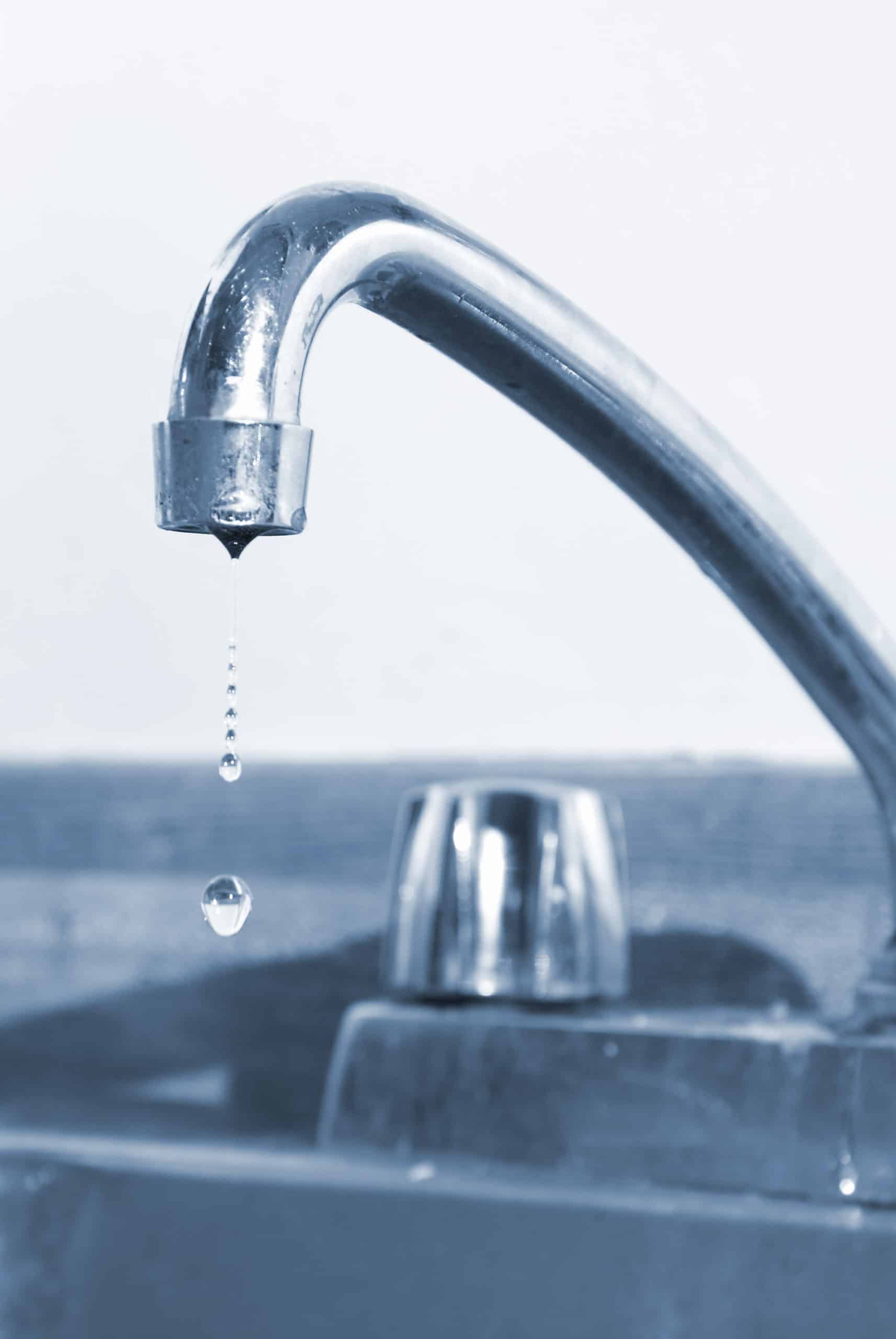Our Motives Behind Addressing a Leaking Faucet
Our Motives Behind Addressing a Leaking Faucet
Blog Article
Have you been trying to locate facts involving Why It's Important to Fix Leaky Faucets?

Leaking taps could seem like a minor hassle, however their effect exceeds just the inconvenience of the noise. From wasting water to incurring unnecessary financial costs and health risks, overlooking a leaking faucet can result in different repercussions. In this short article, we'll delve into why it's essential to address this usual house problem quickly and efficiently.
Wastage of Water
Ecological Impact
Trickling taps contribute significantly to water wastefulness. According to the Epa (EPA), a single tap leaking at one drip per secondly can lose more than 3,000 gallons of water annually. This not only stress water resources however additionally affects ecological communities and wildlife depending on them.
Step-by-Step Guide to Taking Care Of a Dripping Faucet
Tools Called for
Before attempting to deal with a trickling faucet, collect the needed devices, including an adjustable wrench, screwdrivers, replacement components (such as washing machines or cartridges), and plumber's tape.
Usual Faucet Issues and Their Solutions
Determine the sort of tap and the specific problem triggering the drip. Usual troubles include worn-out washers, corroded valve seats, or malfunctioning O-rings. Describe supplier guidelines or on-line tutorials for detailed support on fixings.
Financial Prices
Raised Water Costs
Past the ecological influence, trickling taps can pump up water bills substantially. The accumulated wastefulness with time equates into greater energy costs, which could have been stayed clear of with prompt repair work.
Potential Residential Or Commercial Property Damage
Moreover, long term trickling can lead to harm to fixtures and surface areas surrounding the tap. Water accumulation can trigger staining, rust, and also structural concerns if left unattended, leading to additional fixing expenses.
Health Worries
Mold and Mold Development
The constant existence of wetness from a trickling faucet produces a perfect atmosphere for mold and mildew and mold growth. These fungis not just endanger interior air quality but likewise present wellness threats, specifically for people with respiratory conditions or allergies.
Waterborne Diseases
Stationary water in trickling taps can become a breeding ground for bacteria and other pathogens, raising the threat of waterborne conditions. Pollutants such as Legionella germs thrive in stationary water, possibly causing major diseases when consumed or breathed in.
Do it yourself vs. Professional Repair
Pros and Cons of Do It Yourself Repair Work
While some may try to fix a trickling faucet themselves, do it yourself repair work feature their own collection of difficulties. Without correct knowledge and devices, do it yourself attempts can worsen the issue or lead to incomplete repair services, prolonging the trouble.
Advantages of Hiring an Expert Plumber
Hiring an expert plumber ensures that the underlying reason for the leaking tap is resolved efficiently. Plumbing technicians have the expertise and equipment to diagnose and repair faucet issues efficiently, conserving time and decreasing the threat of more damages.
Ecological Obligation
Individual Contribution to Preservation
Taking duty for taking care of leaking faucets straightens with wider initiatives toward water conservation and ecological sustainability. Every individual's actions jointly make a considerable impact on maintaining precious sources.
Sustainable Living Practices
By focusing on timely repairs and embracing water-saving habits, people contribute to lasting living methods that profit both present and future generations.
Safety nets
Normal Maintenance Tips
To avoid dripping faucets, do regular maintenance such as cleaning up aerators, evaluating for leaks, and replacing damaged components quickly. In addition, consider setting up water-saving tools or updating to much more effective fixtures.
Relevance of Prompt Services
Addressing dripping faucets as quickly as they're noticed prevents more water wastefulness and possible damages, inevitably conserving both water and money over time.
Impact on Residential Property Value
Perception of Well-Maintained Property
Keeping a residential or commercial property in good condition, consisting of attending to maintenance concerns like leaking taps, improves its viewed worth and charm amongst prospective customers or occupants.
Impact on Resale Value
Properties with well-kept plumbing components, consisting of taps, command greater resale values in the real estate market. Addressing leaking faucets can add to a favorable impact during home assessments and settlements.
Final thought
Dealing with a trickling faucet goes beyond simple ease; it's a necessary step toward conserving water, lowering financial costs, and securing wellness and residential or commercial property. Whether with DIY fixings or expert assistance, doing something about it to fix dripping faucets is a small yet impactful way to promote responsible stewardship of sources and add to a much healthier, a lot more lasting future.
How to Fix a Leaky Faucet: Step-by-Step Repair Guide
A leaky faucet may seem like a simple annoyance, but if it's not fixed promptly, that leak could cost hundreds to potentially thousands. From water damage to mold, mildew, and high water bills, even a tiny leak can be catastrophic if left unattended. Damage like this can even affect the overall value of your home, so it's important to take the right approach for leaky faucet repair. You may need the help of a plumber in some cases, but we've got a few tips you can try on how to fix a leaky faucet before calling the pros.
Four Faucet Types
When you're learning how to fix a leaky faucet, the first step is knowing what kind of faucet you're working with! There are four common types.
Cartridge Faucets
Cartridge faucets come in one- or two-handled varieties. In one-handled cartridge faucets, hot and cold water combines in a single cartridge. In the two-handled versions, hot and cold water are controlled separately and mixed in the faucet.
Ball Faucets
Ball faucets have a single lever you push up and down to adjust the pressure and rotate to change the temperature. A slotted metal ball controls the amount of water allowed into the spout.
Compression Washer Faucets
They're the oldest type of faucet, but they're still used in many homes — especially older ones. Compression faucets have two separate handles that, when turned, raise or lower the washer that seals a water valve. This valve stops water from flowing through the faucet when it is turned off.
Disc Faucets
Disc faucets rarely need to be repaired due to their maintenance-free design. The water flow is controlled by two discs — the upper one raises and lowers against a fixed lower disc, creating a watertight seal. If your disc faucet starts leaking, you may need to replace the seals or clean residue buildup from the inlets.
Fixing a Leaky Faucet
Step 1: Turn Off the Water
Whether you're learning how to fix a leaky bathtub faucet or how to fix a leaky kitchen faucet, always turn off the water supply to your working area when you're fixing a leak. The last thing you want is a flood added to your list of things to fix.
Look for the shutoff valves below your sink or around the tub and turn them clockwise to stop the water flow. If your faucet doesn't have shutoff valves, you may need to turn off the water for the whole house. Check to make sure it's off by turning the faucet on. If nothing comes out, you're ready to start the repair.
Step 2: Take Apart the Faucet
How you disassemble your faucet depends on the type of fixture you have. You can use a flathead screwdriver to remove the caps on top of the handle or handles for cartridge and compression faucets. Inside, you should see handle screws. Unscrew these with a screwdriver to remove the handle.
Disc- and ball-style faucets will typically have an inlet screw near the handle, and removing that will reveal the interior of the faucet.
Detach the Valve Stem
For cartridge- and compression-style faucets, you'll see the inner valve stem or cartridge once you remove the faucet handles. If you have a compression faucet, unscrew the brass valve stem. If you have a cartridge faucet, pull out the cartridge. If your cartridge has been in place for a while, it may require some tools or extra force to remove it due to mineral deposits.
Examine and Replace Parts
Once you've removed the parts, check them out to confirm what needs to be replaced. You may see corroded rubber washers, O-rings, stems, or cartridges. On a ball-style faucet, check the seats and springs for damage.
If you need to repair a leaky disc faucet, check the inlet and seals on the lower disc.
Once you determine what parts must be replaced, visit your local hardware store. Bring the damaged parts with you to ensure you can purchase the correct components to replace them.
Clean Valves and Faucet Cavity
If you've removed a stem or cartridge, you may notice mineral buildup in the faucet's threads. Use white vinegar to clean the valve seat by soaking it for a few minutes, then scrub it away with a soft toothbrush and rinse with warm water. You can also clean the interior of the faucet in the same way.
Reassemble the Faucet
Once your faucet is cleaned and the required parts have been replaced, it's time to reassemble it. Put the pieces back together and slowly turn the water supply back on. Doing this slowly is crucial because too much initial water pressure can damage the new hardware you've just installed.
https://homewarranty.firstam.com/blog/how-to-fix-leaky-faucet

I'm very enthusiastic about Why Is It Important To Fix Your Leaking Tap/Faucet? and I really hope you appreciated the entire blog entry. So long as you enjoyed our article kindly be sure to share it. Kudos for your time. Don't forget to pay a visit to our blog back soon.
Report this page